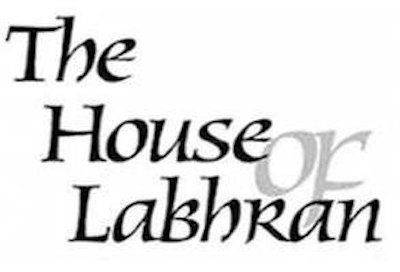Antique Victorian Romanes & Paterson Edinburgh Sgian Dubh





Antique Victorian Romanes & Paterson Edinburgh Sgian Dubh
Antique Victorian Romanes & Paterson Edinburgh Sgian Dubh
A classic studded blackwood hilt handle with all studs and raised thistle mounts and a foiled cairngorm style stone set into top the hilt .
The scabbard is the black leather and has hand engraved thistle patterns on both the top and tip scabbard mounts .
Makers mark plaque in the scabbard back - Romanes & Paterson Edinburgh
Blade has some age tarnish as you would expect on a true antique sgian dubh that has seen a life. Please see photographs for details.
Size approx - 195mm
Romanes & Paterson Edinburgh - The business has traded in Edinburgh since 1808 and has been in their iconic building on Princes Street since 1880. Today they still have a dedicated floor to support highland dress, offering made to measure kilts, skirts, waistcoats and trews.
The unusual family name of Romanes seems to have earlier been spelled as Romains, a merchant family of longstanding in Edinburgh. In 1810 James Romanes is listed as a "merchant" on the north side of Drummond Street in Edinburgh's South Side. In 1815 he moved to larger and more prominent premises at 88 South Bridge.
Romanes and Paterson began as "silk mercers" at 37 South Bridge in 1816. They soon moved to 49 North Bridge. Both properties are in Edinburgh's Old Town.For various reasons the shop moved from specialising in silk to specialising in both silk and tartan.
The Paterson of Romanes and Paterson does not appear as an independent householder until 1835, when "James Paterson of Romanes & Paterson" is living in a flat at 6 India Street. This places him as a son or younger brother of the silk mercer Richard Mercer who had a shop at 8 Hunter Square and lived at 3 East Register Street. The proximity of this to Romanes shop (less than 100m) can only mean the firms were rivals, and for some reason James Paterson chose to join Romanes rather than his only family's firm.
It is thought that Romanes had a early collection of tartans prior to 1830 and in 1839 they presented a book of tartans to a local museum.
In 1842, on Queen Victoria's first visit to Edinburgh, the firm becomes by appointment to the Queen. It has also been suggested by D W Stewart (1893) that the Balmoral tartan first was manufactured by Romanes & Paterson, Edinburgh. However, there are suggestions that it was woven by another company for Queen Victoria.
We have a passion for fine antique and collectible sgian dubh’s and Highland dirks. We source antique Jacobite styles of the 18th century, high Victorian styles and regimental patterns of WW1 – WW2. Our sgian dubh and dirk range make wonderful addition to any Highland dress collection.
Our range of fine hallmarked sterling silver skean dubh’s made by the Highland regimental silversmith and Royal silversmiths Hamilton & Inches in Edinburgh, Scotland. We can engrave many of these skean dubhs for presentation gifts.
Vintage antique Sgian Dubhs – Scottish sgian skean dubhs from Scotland – The Gaelic sgian dubh meaning “black knife”, where “black” may refer to the usual colour of the handle of the knife. It is also suggested that “black” means secret, or hidden, as in the word blackmail. This is based on the stories and theories surrounding the knife’s origin and the meaning of “Dubh” in Gaelic, in particular those associated with the Highland custom of depositing weapons at the entrance to a house prior to entering as a guest. Despite this practice, a small twin edged-dagger, (‘Mattucashlass’), concealed under the armpit, combined with a smaller knife, (‘Sgian dubh’).
